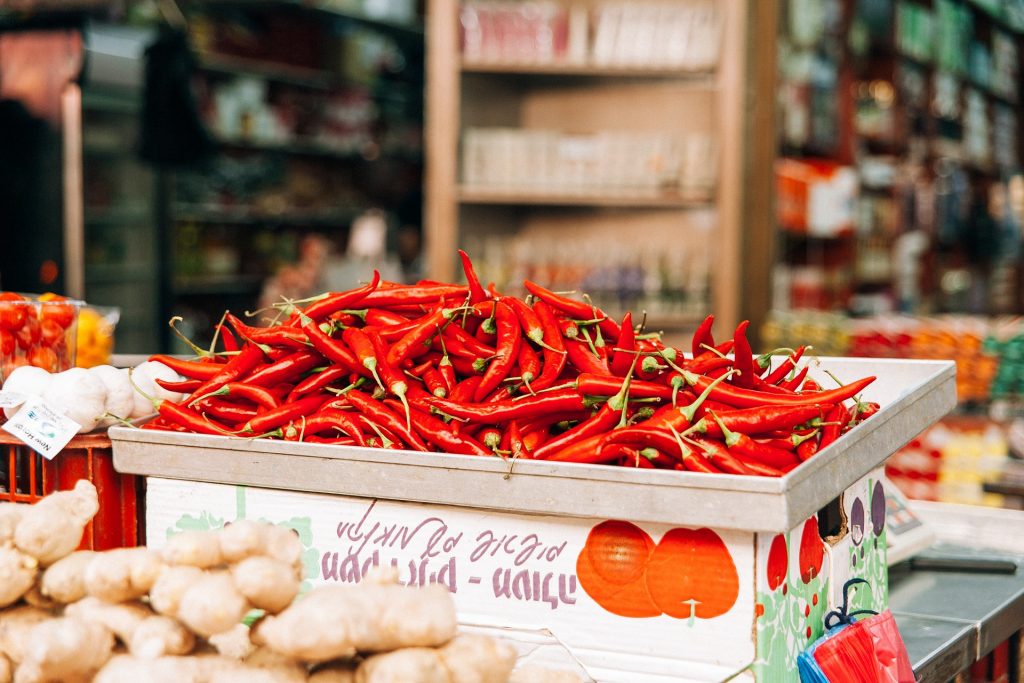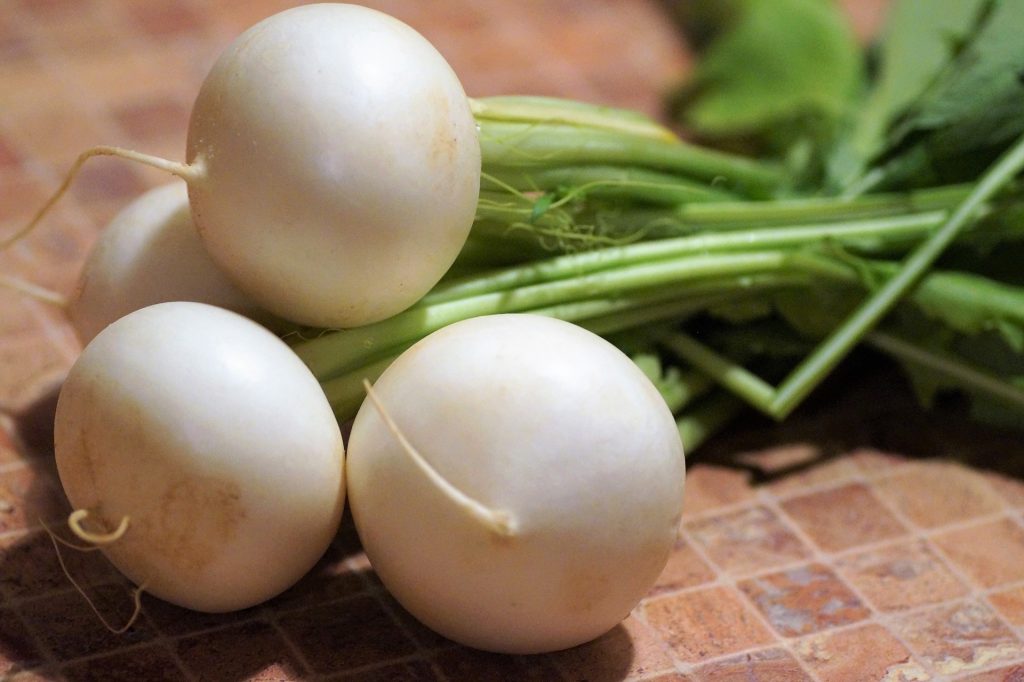Fall is officially here and that means a new crop of fresh fruit and vegetables are in season. What are the best ingredients you should be sure to include in your recipes? Here are eight of the most delicious and nutritious:
Butternut squash
This is one of my favorite all-time ingredients. Naturally nutty, butternut squash is delicious roasted or pureed into a soup. To compliment the slightly-sweet flavor, use spices like garlic, ginger, and cayenne. For a really easy side, roast some cubed squash with olive oil and spices, and pour on browned butter. For soup, mix a squash puree with coconut milk and curry! In terms of health benefits, butternut squash is rich in fiber, as well as potassium and vitamin B6.
Mushrooms
Mushroom season peaks in the fall, so check out a farmers market or grocery store for the best options. Porcini are especially good. They have a sweet, soft taste and are great roasted with just soil and salt. They’re also packed with nutrition like protein, fiber, and antioxidants. If you’re trying to lose weight, eat more porcini mushrooms.

Chili peppers are ready in the fall
Chili peppers
Chili peppers spend all summer getting ripe and they’re ready in the fall. You can use fresh chili peppers in homemade hot sauce and in any recipe that needs a hit of heat. If you want to preserve your own peppers, now is the time to buy, hang, and dry out for the next oil. You can also pickle them or preserve in oil. Chili peppers range in heat and are actually affected by the summer – the hotter the summer, the hotter the peppers. The most mild ones include banana peppers and pepperoncinis, while habanero and scotch bonnets bring the heat. Jalapenos, the world’s most popular chili pepper, is considered a “medium.”
Pomegranates
Gorgeous to look at it, pomegranate pips are delicious to snack on, but they’re also great for salads and desserts. For a dessert that seems fancy but is super easy, make chocolate-covered pips. If you’re really into seasonal booze, make Martha Stewart’s autumn sangria with honey, apples, and pomegranate. Pomegranates are full of antioxidants, vitamin C, and anti-inflammatories.
Asian pears
Golden and peppered in brown, Asian pears are somehow both crunchy and juicy, like an apple. They possess a refreshing, not-too-sweet flavor that’s perfect for autumn baking. Try steaming or baking your pears with a filling of dates, raisins, and/or nuts, and drizzle with honey. The pears are also great in savory applications like salad. Health benefits include fiber, potassium, copper, and vitamin K.

Turnips are a good green for protein and omega-3 fatty acids
Turnips
If you’ve never had a turnip, you’re missing out. The key is getting them when they are fresh. You want a turnip with a smooth skin and fresh, sweet-smelling greens. The smaller the turnip, the sweeter and more tender the flesh will be. Roast peeled and quartered turnips with just oil, salt, and black pepper, and you have a fantastic alternative to potatoes. The greens can be sauteed like spinach with spices and a little sugar to balance out any bitterness. Turnips are a monster when it comes to vitamins and minerals; they have vitamins K, C, A, B1, B2, B3, B5, magnesium, iron, calcium, and copper. They’re also a good green for protein and omega-3 fatty acids!
Arugula
Known for their peppery flavor, adding some arugula can make any salad more interesting. You can get them all year, but they become sweeter during autumn. Pair arugula with ingredients like almonds, basil, olive oil, pears, tomatoes, lemon, vinegar, and steak.
Beets
Roasting is the best way to prepare beets. The sugars caramelize, so the flesh becomes soft and sweet. If you’re going to eat them raw in a salad, always peel them, as the skin tastes bitter. Beets have a naturally-earthy taste, so use ingredients that balance that flavor out, like goat cheese, honey, balsamic vinegar, and citrus. The veggie is full of folate, fiber, and vitamin C. They’re also known to improve athletic performance and lower high blood pressure.
————
It wouldn’t be autumn without at least one trip to the orchard to get some apples and drink hot apple cider. If you’re 21+, you might indulge in some hard apple cider while you’re at it. Did you know that hard cider could be used as currency back in colonial days?




